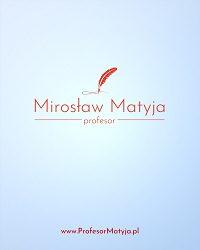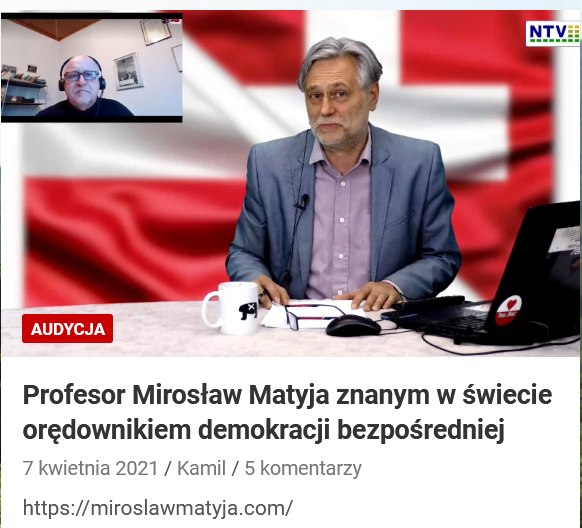Sound Symbolism in Indonesian and English
Abstract
This study conducted on sound symbolism in Indonesian and English. The objective of this study is to map the sound symbolism in Indonesian and English in accordance with the typology of sound symbolism. This study is qualitative descriptive method by using the theory of natural semantic metalanguage pioneered by Wierzbicka (1996). The data was taken from text books and newspaper. The research stage in analyzing the data was carried out in some steps, namely data collection, data classifying, and data presenting. The result showed that from four types of sound simbolism, there are two types which have similar pattern both Indonesian and English, they are in coporeal sound symbolism and imitative sound symbolism.
Keywords
Full Text:
PDFReferences
Abelin, A. 1999. Studies in Sound Symbolism. Doctoral Dissertation: Department of Linguistics, Göteborg University.
Bogdan, Robert C. and Biklen Kopp Sari. 1982. Qualitative Research for Education: An Introduction to Theory and Methods. Allyn and Bacon, Inc.: Boston London.
Hilke Elsen. 2017. The Two Meanings of Sound Symbolism.Open Linguistics, Vol 3 No.1
Hinton, L., J. Nichols, & J. J. Ohala (eds.). 1995. Sound Symbolism. Cambridge: Cambridge University Press.
Hunter-Smith, Sarah. 2007. Understanding without Babblefish: Reviewing the Evidence for Universal Sound Symbolism in Natural Languages. Swarthmore College Senior Thesis.
Jonathan Smith. 2015. Sound Symbolism in the Reduplicative Vocabulary of the Shijing. Journal Of Chinese and Culture Literature, Vol 2, No. 2.
Maryam B and Aliyeh K. 2016. Iconicity Vs. Arbitrariness Of Sound Symbolism Phenomenon Through A Contrastive Analysis Framework. International Journal of English Language and Linguistics Research Vol.4, No.2
Mulyadi. 2008. Simbolisme Bunyi Dalam Bahasa Indonesia. Jurnal Kajian Sastra, Vol. 52 No.3
Ohala, J. J. 1994. “The frequency codes underlies the sound symbolic use of voice pitch,” In L. Hinton, J. Nichols, & J. J. Ohala (eds.), Sound symbolism. Cambridge: Cambridge University Press. 325-347.
Ohala, J. J. 1997. Sound Symbolism. Proc. 4th Seoul International Conference on Linguistics [SICOL] 11-15 Aug 1997. 98-103.
Regot, N.R.R. 2015. Translating Sounds: The Translation of Onomatopoeia between English and Spanish. Thesis. Barcelona: Universitat de Barcelona.
Tarigan, K.E. (2019). The Development of Phonological System Made by the Children. Budapest International Research and Critics in Linguistics and Education (BirLE) Journal Vol 2 (2): 338-342.
Tarigan, K.E., and Mulyadi. (2021). An Analysis of Polysemy of “anding-andingen” Proverb in Karo Language: Problems of Natural Semantic MetaLanguage. Budapest International Research and Critics in Linguistics and Education (BirLE) Journal Vol 4 (1): 89-101.
Tarigan, S.N., and Mulyadi. (2019). The Comparison Question Sentences Between Karonese and English Language: Teory X-Bar. Budapest International Research and Critics in Linguistics and Education (BirLE) Journal Vol 2 (4): 89-97.
Wierzbickd, A. 1996b. Semantics: Primes and Universals. Oxford: Oxford University Press.
DOI: https://doi.org/10.33258/birle.v4i3.2235
DOI (PDF): https://doi.org/10.33258/birle.v4i3.2235.g2648
Article Metrics
Abstract view : 96 timesPDF - 68 times
Refbacks
- There are currently no refbacks.

This work is licensed under a Creative Commons Attribution-ShareAlike 4.0 International License.

This work is licensed under a Creative Commons Attribution-ShareAlike 4.0 International License

_.gif)



















_.gif)



